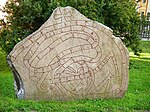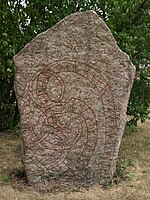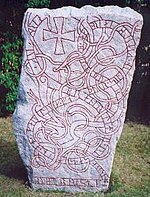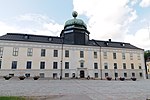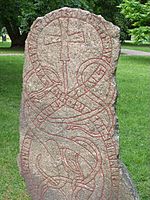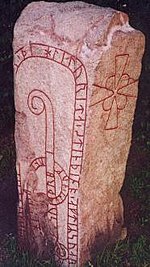Värmlands nation
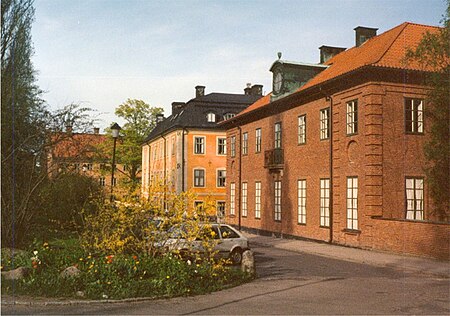
Värmlands nation is one of the 13 student nations at Uppsala University. Värmlands nation catchment corresponds to Karlstad diocese, that is, the regions Värmland and Dalsland. No formal requirement related to any of these landscapes are nowadays a must. The nation has a wide range of activities, in addition to the nation's restaurant, café, pub and party activities the nation also has a library to borrow literature from. In addition, students also have the opportunities to apply for scholarships, and obtaining temporary loans from the nation. Other activities are: photography, sports, choir and theater. The nation building in red brick is designed by the architect Ragnar Östberg and was completed in the year 1930.
Excerpt from the Wikipedia article Värmlands nation (License: CC BY-SA 3.0, Authors, Images).Värmlands nation
Ingmar Bergmans gata, Uppsala Fjärdingen
Geographical coordinates (GPS) Address External links Nearby Places Show on map
Geographical coordinates (GPS)
| Latitude | Longitude |
|---|---|
| N 59.857222222222 ° | E 17.633888888889 ° |
Address
Värmlands nation
Ingmar Bergmans gata 2
753 09 Uppsala, Fjärdingen
Sweden
Open on Google Maps

